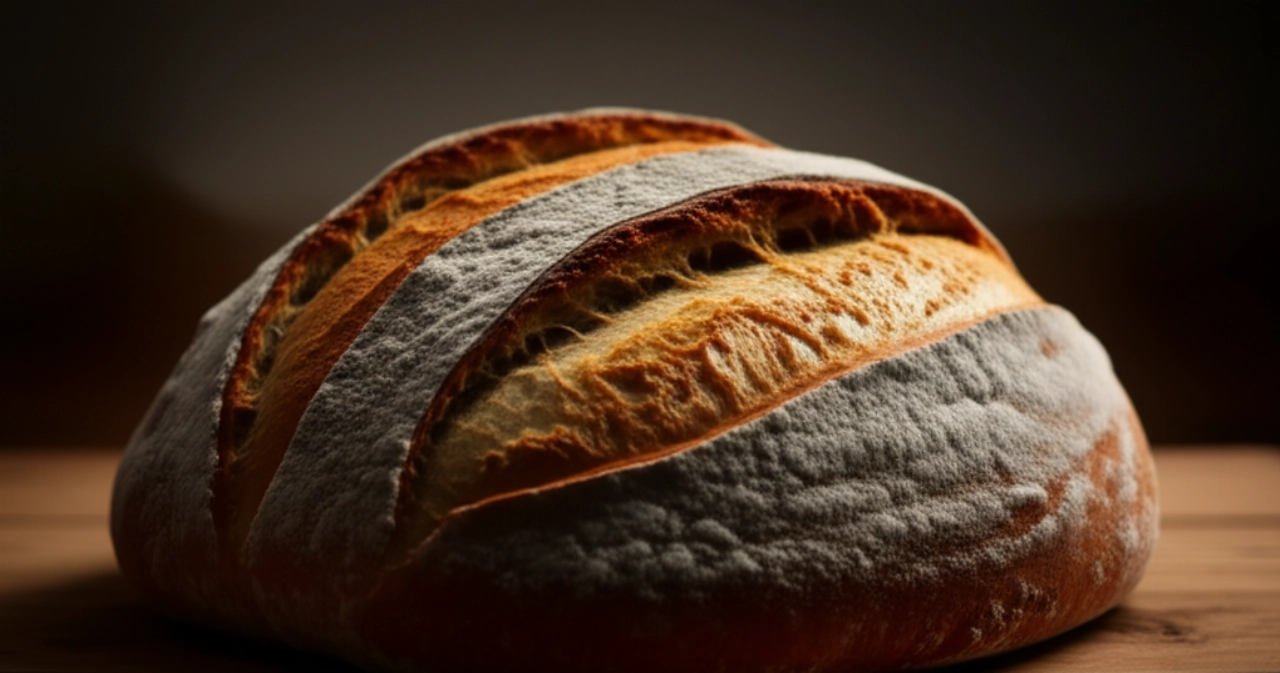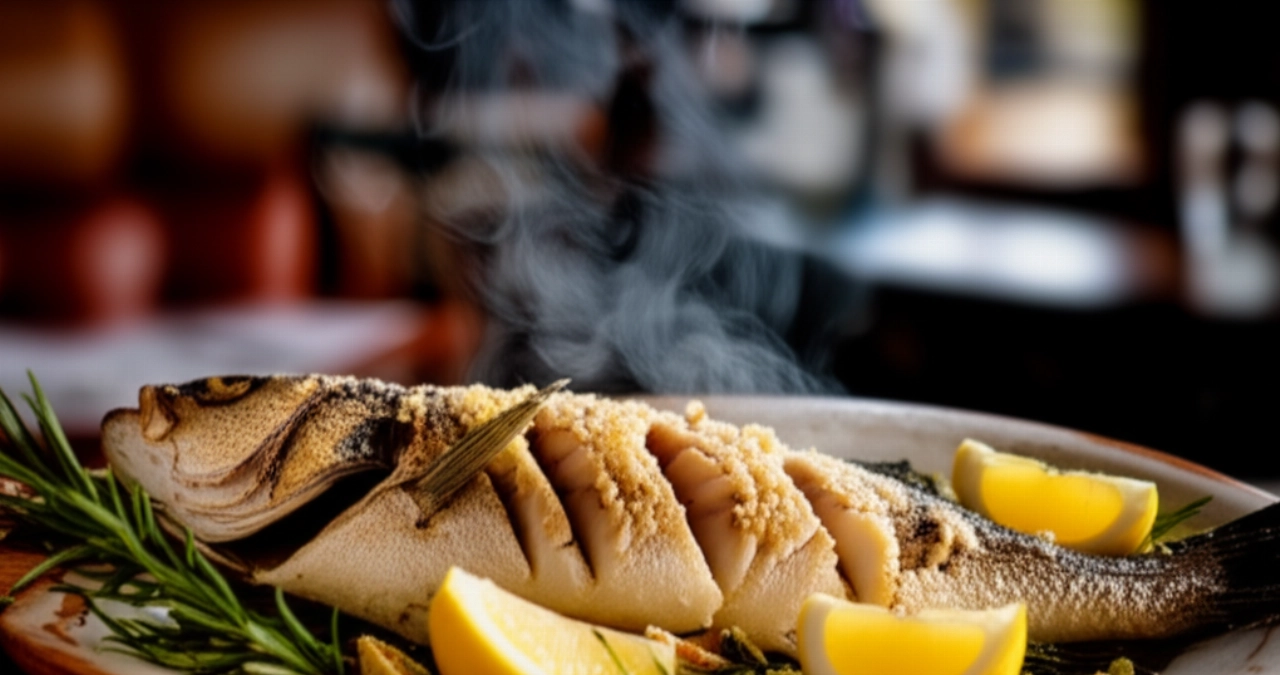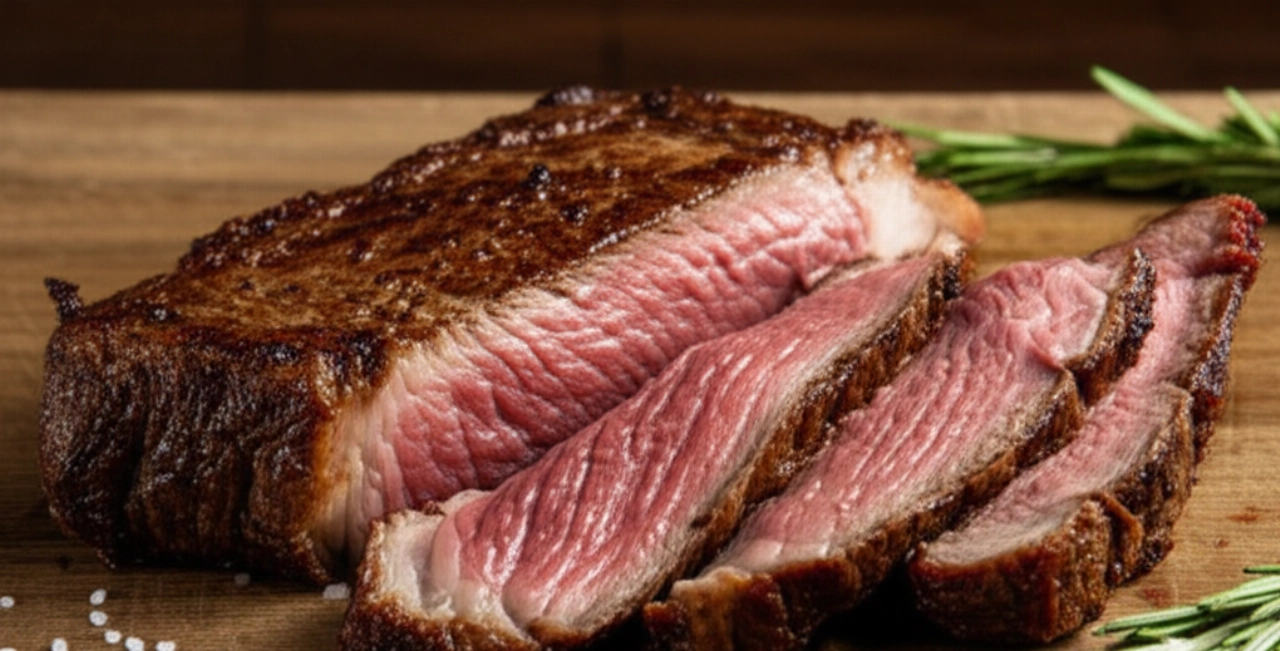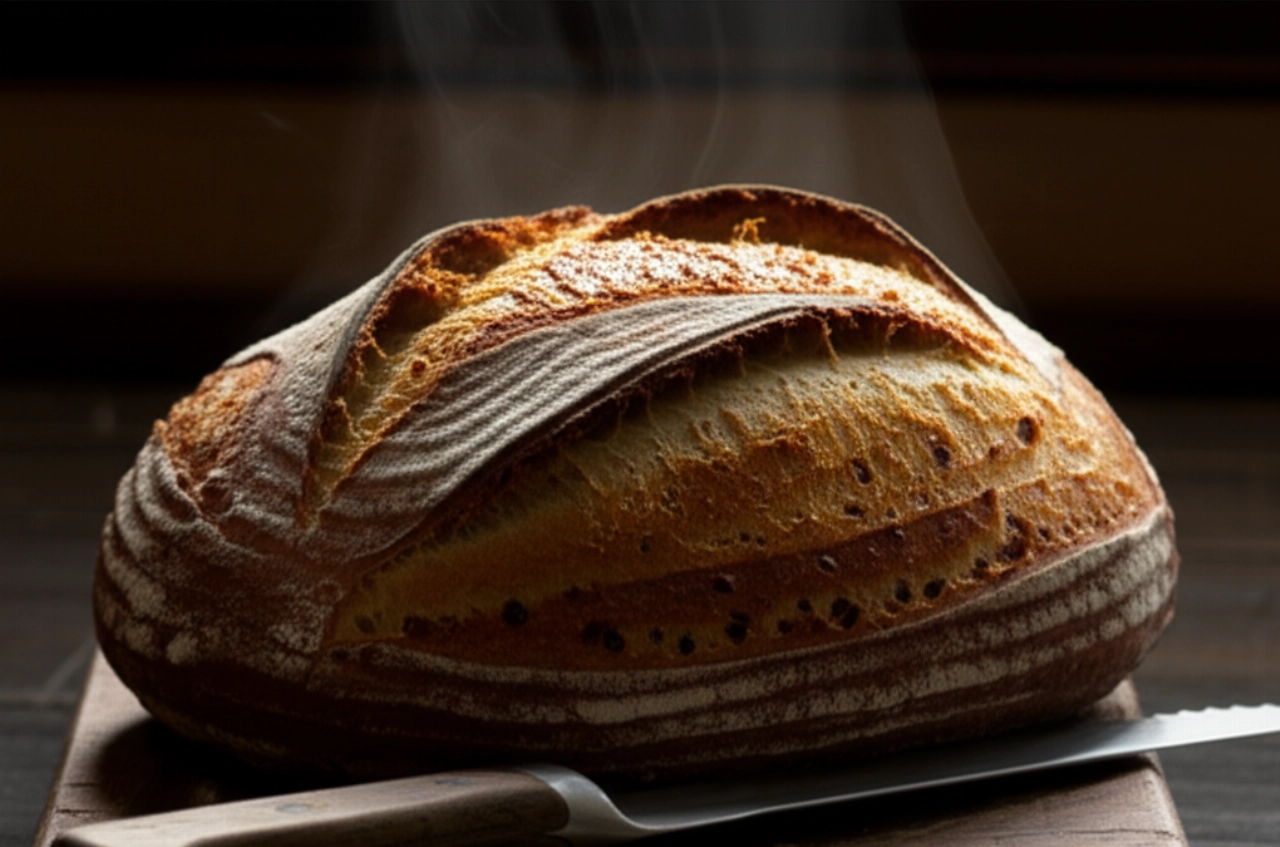Imagine that unmistakable sound: the spoon breaking through the caramelized crust, revealing a velvety, fragrant cream, a true embrace for the palate. Crema Catalana is a dessert that immediately evokes Mediterranean atmospheres, a timeless classic that wins everyone over with its simplicity and elegance.
Too often, however, Crema Catalana proves to be a challenge: the crust breaks, the cream is too runny or, worse, tastes eggy. The fear of wasting precious ingredients and disappointing expectations is just around the corner, and finding the right recipe, one that guarantees success, seems like a daunting task.
But fear not! I'm here to reveal all the secrets of this Spanish masterpiece. In this guide, you'll not only learn how to prepare an authentic Crema Catalana, but I'll guarantee your success, step by step, for a dessert that will leave everyone speechless. Get ready to feel like a true pastry chef, because success is guaranteed!
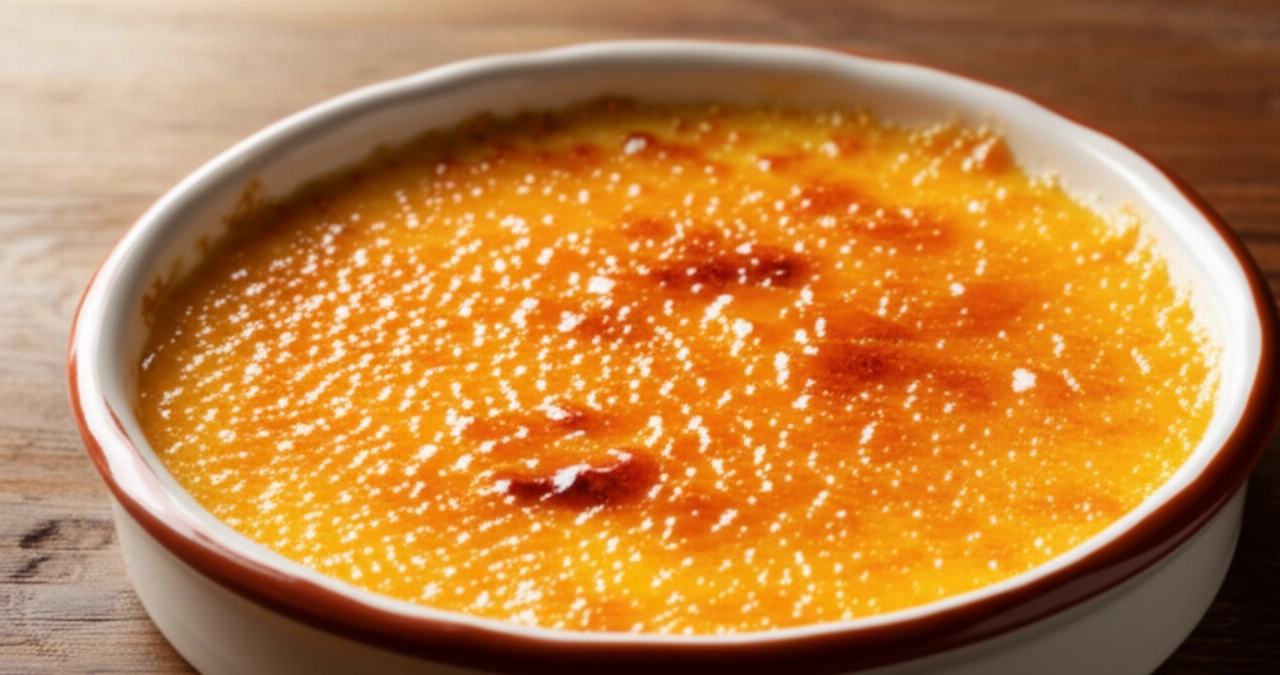
Ingredients for a Dream Crema Catalana: The Choice That Makes the Difference
To achieve a Crema Catalana that melts in your mouth and has that perfect crust, the choice of ingredients is fundamental. It's not just a list, but a reasoned selection, just like a true kitchen guardian would do!
- Egg Yolks: For this recipe, we'll only use the yolks, I insist! They are what give that rich creaminess, that unmistakable golden color, and that velvety texture we're looking for. Egg whites, on the other hand, could make the cream 'curdle' or make it too dense, almost like a sweet omelet.
- Whole Milk: Whole milk is essential for its fat content, which significantly contributes to the velvety texture and rich flavor of the cream. Do not use skim milk; you would ruin the magic and body of the dessert!
- Granulated Sugar: Not just for sweetening, but to create the perfect base for caramelization. Good granulated sugar is ideal for the cream and also for the final crust.
- Cornstarch (Maizena): Our secret ally for consistency! A little trick to thicken the cream without altering its flavor, ensuring perfect stability and unparalleled creaminess.
- Aromas (Cinnamon Stick, Lemon Zest, Vanilla): Here lies the aromatic heart of Crema Catalana. Use a real cinnamon stick, not powder, for a more delicate and authentic aroma. For the lemon zest, take only the yellow part, carefully avoiding the white pith which would make the cream bitter. Vanilla, if possible, in a pod for an intoxicating and unmistakable fragrance.
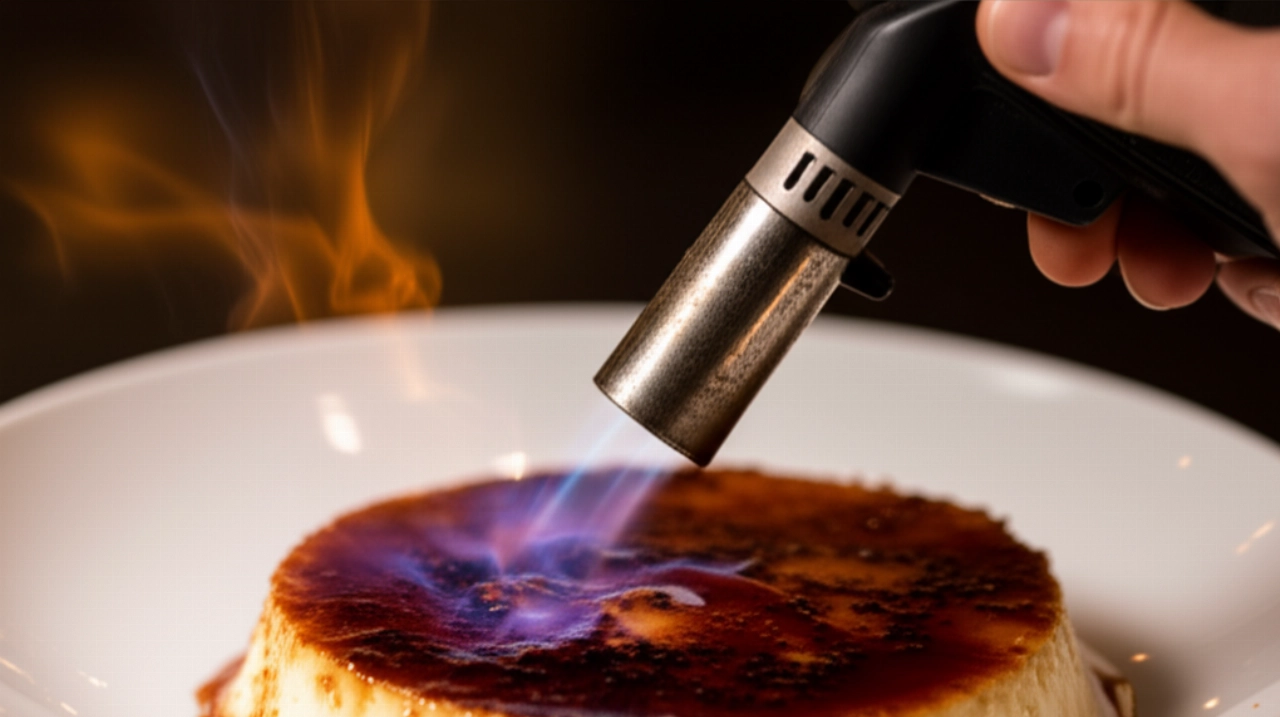
3 Common Mistakes That Ruin Crema Catalana (and How to Avoid Them)
Even the most experienced can fall into these traps. But don't worry, I'm here to guide you and ensure your Crema Catalana is a guaranteed success!
- Overcooking the cream: If the cream boils for too long or at too high a heat, it risks 'curdling,' becoming lumpy or too thick, almost like a pudding. Cooking should be gentle and constant, until it coats the spoon, but without ever reaching a vigorous boil.
- Not straining the aromatics: It seems like a detail, but leaving pieces of cinnamon or lemon in the cream would make it unpleasant to the palate and ruin its silkiness. Straining is a crucial step to obtain a smooth and impeccable cream.
- Burning the crust: Caramel is delicate! A moment of distraction and it turns from golden and crispy to black and bitter. Use a kitchen torch and move it constantly, without lingering too long in one spot, for uniform and perfect caramelization.
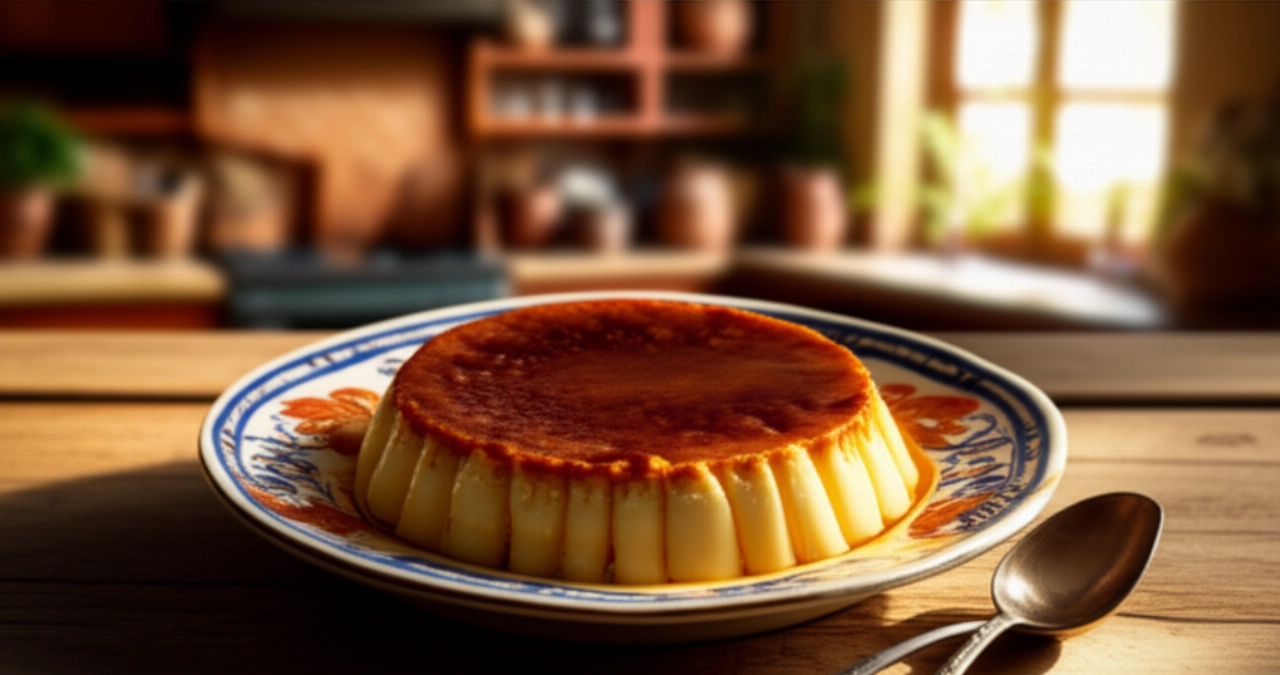
The Guardian's Secret: The Trick for Chef-Level Creaminess
The true secret to a Crema Catalana that melts in your mouth and earns you applause is a mix of temperature awareness and patience. Make sure the milk is very warm (but not boiling) when you add it to the yolks, and that the yolks themselves are at room temperature. This prevents thermal shock that could cause the eggs to "curdle."
And when combining the mixtures, do it slowly, in a thin stream, whisking vigorously. This process is called "tempering" and is the key to a silky smooth cream, without lumps and with a perfect consistency. Don't rush this step; this is where the magic happens!
Let's Prepare Crema Catalana Together: The Foolproof Step-by-Step Guide
Get comfortable, gather your ingredients, and follow each step with confidence. I'll guide you!
- Prepare the aromatic infusion: In a saucepan, pour the whole milk. Add the cinnamon stick, lemon zest (only the yellow part!), and, if using a pod, the scraped vanilla seeds and the pod itself. Bring the milk almost to a boil, then turn off the heat and let it infuse for at least 15-20 minutes, or until it has cooled slightly. This will allow the aromas to release best.
- Prepare the yolks and sugar: Meanwhile, in a large bowl, combine the egg yolks with the granulated sugar. With a hand or electric whisk, beat vigorously until you get a light and frothy mixture. Add the sifted cornstarch and mix well to avoid lumps.
- Combine the mixtures (the "tempering" moment): Strain the aromatic milk to remove cinnamon, lemon, and vanilla. Now, very slowly, pour the warm milk in a thin stream over the yolk and sugar mixture, continuing to whisk. This step is crucial for "tempering" the eggs and preventing them from cooking.
- Cook the cream: Transfer the entire mixture back to the saucepan and place over low heat. Continue to stir constantly with a whisk or wooden spoon, without stopping, until the cream thickens. This will take about 5-7 minutes. The cream will be ready when it "coats" the spoon, meaning when you run a finger across the back of the spoon, it leaves a clear mark. Do not let it boil vigorously!
- Cool and rest: Remove the cream from the heat and immediately pour it into traditional terracotta ramekins or other single-serving bowls. Cover each ramekin with plastic wrap directly touching the surface of the cream (this will prevent a skin from forming) and let it cool completely at room temperature, then transfer to the refrigerator for at least 3-4 hours, or even better, overnight. Resting is essential for the perfect consistency.
- Caramelize the crust: Just before serving, remove the ramekins from the fridge. Generously sprinkle the surface of each cream with a tablespoon of granulated sugar (or brown sugar). Using a kitchen torch, caramelize the sugar until you get a golden, shiny, and crispy crust. Move the torch constantly to avoid burning the sugar.
Tips and Frequently Asked Questions about Crema Catalana
Here are some of the most common questions I get asked about Crema Catalana. I hope they help you!
Can I prepare the cream in advance?
Absolutely! In fact, I recommend preparing the cream a day in advance. The cream keeps very well in the refrigerator for 2-3 days. Remember, however, to caramelize the sugar only a few minutes before serving, to ensure maximum crispiness of the crust.
I don't have a kitchen torch, how do I make the crust?
If you don't have a torch, you can use your oven's broiler. Place the cream ramekins on a baking sheet and position them under the already hot broiler, on the highest rack. Monitor constantly, because the sugar caramelizes very quickly (in just a few minutes!). As soon as you see the golden crust, remove it immediately from the oven. Be very careful not to burn it!
Why is my cream too runny?
There could be several reasons. It might not have cooked enough: the cream needs to reach a consistency that coats the spoon. Or, you might not have used enough cornstarch, or not mixed it well before adding it. Make sure to follow the indicated doses and cooking times.
Can I use cream instead of milk?
No, the traditional Crema Catalana recipe calls for the exclusive use of whole milk. Using cream would make it too heavy, alter its authentic flavor, and its characteristic lightness. For a result true to tradition, stick to milk.
My crust burned, what do I do?
If the crust burned, unfortunately, there's not much to do but gently scrape it off. The underlying cream will still be delicious! Next time, move the torch faster and don't linger too long in one spot, or keep a closer eye on the oven broiler.
A Masterpiece of Sweetness and Tradition
There you have it! Now you no longer just have a recipe, but all the secrets to bring a dessert to your table that tastes of Spain, tradition, and love. Crema Catalana will hold no more secrets for you, and its crispy crust and velvety cream will make you feel like a true kitchen artist.
Remember, every time you prepare a dish, put a piece of your heart into it. And with these tips, success is guaranteed. Enjoy the moment when the spoon breaks that perfect crust, a sound that is music to the ears!
Have you tried our recipe? We're curious to see your masterpiece! Leave a comment below, tell us how it went, or share a photo on Instagram by tagging @CercaRicette.it. If you loved this Crema Catalana, you can't miss our recipe for the Original Tiramisu or another irresistible spoon dessert like the Perfect Panna Cotta.

